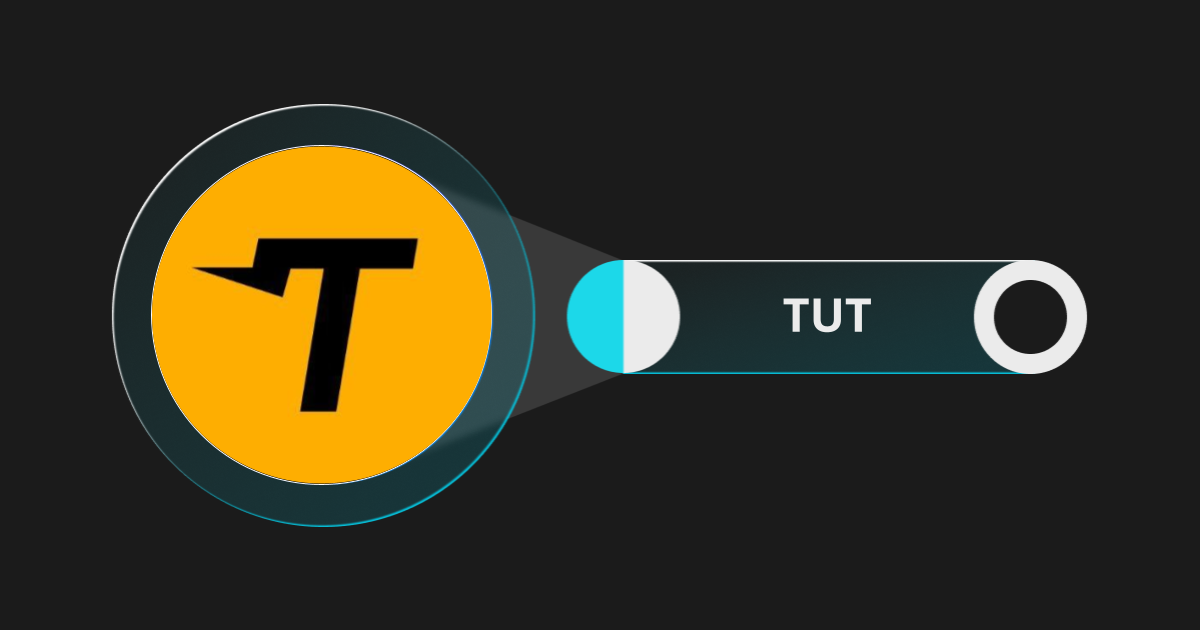Shutter Launches Anti-Front Running Solution on Gnosis to Fight $900M Crypto Theft

Open-source protocol Shutter, in partnership with Gnosis , has launched an anti-front running solution using mempool encryption to fight crypto theft.
According to the press release, Shutter will be integrated into the EVM-compatible Layer-1 Gnosis Chain to protect end-user transactions from front running and sandwich attacks.
This way, it argued, the protocol will shield traders from malicious maximal extractable value ( MEV ) attacks that can result in significant monetary loss and unfair influence.
This integration is “one of many in the pipeline” for Shutter in its effort to combat malicious MEV attacks across the Ethereum ecosystem, it said.
Shutter will launch on July 11, the final day of the Ethereum Community Conference ( EthCC ).
The Massive Cost of MEV Attacks
Notably, attackers steal nearly $900 million from crypto trades annually on Ethereum through MEV tactics, the press release said.
During MEV attacks, attackers manipulate the outcome of a transaction within a blockchain to maximize their own financial gain at the victim’s expense.
A popular type is the sandwich attack , where an attacker places their transactions both before and after a victim’s transaction. This usually increased the price of the token for the victim.
Importantly, many traders stay in the dark until they notice significant losses.
Even once they become aware, the announcement said, “victims have to take extra steps to protect themselves, often relying on centralized systems that can still censor and extract value.”
Furthermore, these attacks reduce the overall market efficiency and trust in the system.
‘Deep Integration’
Gnosis Chain’s integration of Shutter fights malicious MEV through preventive measures, the press release stated. This is beneficial for both the Shutter community and the industry in general.
Shutter emphasizes that it integrates its encryption protocol directly into blockchain networks.
This is a “deep integration,” it explains, which prevents manipulators from exploiting transactions.
“Block producers must commit to the inclusion and order of transactions while they are still encrypted, making it almost impossible to front run or censor,” the team claims.
Subsequently, this move ensures protection for traders from monetary losses “without needing additional measures.”
Additionally, the encrypted mempool also mitigates real-time censorship, ensuring transactions remain private until included in a block.
Therefore, malicious actors are unable to exclude transactions selectively.
This reinforces “the core principles of public blockchains—openness, neutrality, and accessibility.”
According to the team, “by increasing information symmetry through Shutter’s encryption approach, the playing field is leveled.”
“At the same time, the integrity of public blockchains is preserved, providing greater confidence for retail and large institutional investors typically deterred by rampant front running in decentralized finance ( DeFi ) to enter the space, attracting a broader range of participants in the long run,” it concluded.
Disclaimer: The content of this article solely reflects the author's opinion and does not represent the platform in any capacity. This article is not intended to serve as a reference for making investment decisions.
You may also like
Tutorial (TUT): The Meme Coin About AI-Powered Blockchain Education

21Shares to Liquidate Two Bitcoin and Ether Futures ETFs Amid Market Downturn

The Man Who Stabbed CEO of South Korean Crypto Firm Haru Invest Could Face Decade in Prison
